U.S. High-Speed Rail: Momentum in 2024 and Beyond
Time:2024-11-04From:sinorock View:
High-speed rail (HSR) has long been a topic of interest in the U.S., and today it is making significant strides forward. With projects underway in several states and regional advancements poised to transform American transit, HSR is no longer a distant vision but an evolving reality. Since 2013, when U.S. Secretary of Transportation Ray LaHood championed the country’s commitment to HSR, the landscape of American rail infrastructure has dramatically evolved.
The Evolution of High-Speed Rail in the United States
Historically, the United States lagged behind Europe and Asia in HSR development, but recent years have seen transformative progress. The Obama administration initiated the groundwork for HSR, injecting federal funding into the sector and sparking critical projects that laid the foundation for today’s achievements. As of 2024, high-speed rail is gaining renewed support, driven by climate considerations, urbanization, and public demand for efficient alternatives to air and car travel. The revival of American manufacturing in HSR technology is also stimulating regional economies, creating a positive feedback loop that promotes further investment.
Key High-Speed Rail Projects in the U.S. as of 2024
Several high-speed rail projects are underway in the U.S., each aimed at connecting key urban centers and optimizing travel times in congested corridors. Some of the most notable projects include:
1. California High-Speed Rail (CHSR)
The California High-Speed Rail project is the flagship HSR effort in the U.S., aiming to connect major cities like Los Angeles and San Francisco through a 520-mile corridor. Originally approved by California voters in 2008, the project has faced budget overruns and delays but remains a focal point in the national HSR movement. As of 2024, the first phase of the project, the Central Valley Segment, is nearing completion. With an expected speed of up to 220 miles per hour, this route could reduce travel time between Los Angeles and San Francisco to under three hours. Despite setbacks, the CHSR project remains integral to America’s HSR future and sets the pace for future endeavors.
2. Texas Central Railway
In Texas, the Texas Central Railway aims to connect Dallas and Houston along a 240-mile route with speeds up to 205 miles per hour. Inspired by Japan’s Shinkansen bullet trains, the Texas Central project has garnered private investments and governmental support, emphasizing efficiency and convenience for commuters. While the project faced regulatory challenges, the Federal Railroad Administration (FRA) has granted critical approvals, and construction is anticipated to proceed with a projected completion date in the late 2020s.
3. Northeast Corridor (NEC) Improvements
The Northeast Corridor remains the most traveled rail route in the U.S., running from Boston to Washington, D.C. Amtrak’s Acela service is the only quasi-high-speed line in the U.S., currently reaching speeds of 150 mph on certain segments. Amtrak plans to modernize the NEC further by introducing next-generation Acela train sets, improving infrastructure, and potentially increasing speeds to 160 mph by 2025. The corridor’s upgrade also includes the Gateway Project, a massive infrastructure initiative to enhance rail capacity and reliability into New York City.
4. Brightline Florida Expansion
Brightline, the first private HSR system in the U.S., operates in Florida, connecting Miami, Fort Lauderdale, and West Palm Beach, with an extension to Orlando. With trains reaching speeds of up to 125 mph, Brightline is notable for its unique approach, focusing on shorter distances and frequent stops while remaining cost-effective. Brightline’s model has proven successful, paving the way for similar private HSR initiatives across the U.S.
5. Midwest High-Speed Rail Network
The Midwest HSR Network, spearheaded by Chicago, envisions connecting major cities like Chicago, St. Louis, Detroit, and Minneapolis. Although this network operates with a patchwork of incremental upgrades rather than a fully new system, rail passengers are experiencing speeds up to 110 mph on some sections. The FRA and state governments continue to evaluate feasibility studies to bring the Midwest HSR network closer to reality, with Chicago as the primary hub.
Federal and State Investments in High-Speed Rail
The Biden administration’s infrastructure priorities have reinvigorated support for HSR in the U.S. The Infrastructure Investment and Jobs Act (IIJA) earmarks billions for rail improvements, aiming to modernize rail infrastructure, increase safety, and support sustainability goals. The FRA’s renewed focus on rail includes facilitating partnerships with states and private entities to fast-track HSR projects. Additionally, the emphasis on climate action has pushed HSR to the forefront, as rail travel emits significantly less carbon per passenger mile than cars or planes.
Challenges and Solutions for U.S. High-Speed Rail Expansion
While the vision of HSR is promising, challenges remain. Financial constraints, regulatory approvals, land acquisition issues, and public opposition in certain areas have all slowed progress. However, collaborative solutions are emerging:
1. Public-Private Partnerships (PPPs): Texas Central and Brightline have demonstrated the viability of PPPs in driving HSR development. By leveraging private funding and expertise alongside governmental support, these projects avoid some bureaucratic delays typical in publicly funded projects.
2. Advances in Rail Technology: New technologies, including electrified rail lines and automated systems, are reducing costs and enhancing efficiency. The adoption of lighter, faster train sets that comply with U.S. safety standards helps bridge the gap between American and international HSR systems.
3. Community Engagement and Environmental Review Processes: To address opposition, agencies are engaging with communities early in the project lifecycle and emphasizing the environmental benefits of HSR. Streamlining the FRA’s environmental review processes has also helped accelerate project timelines without compromising sustainability standards.
The Economic and Environmental Impact of High-Speed Rail
HSR presents significant economic and environmental benefits. First, it stimulates local economies through job creation, particularly in construction, manufacturing, and engineering sectors. The manufacturing sector has also gained traction in producing parts and systems domestically, helping reduce reliance on imports and creating a sustainable industry. HSR also reduces congestion and pollution, providing an eco-friendly alternative to car and air travel, which is critical as the U.S. seeks to cut greenhouse gas emissions.
Public Sentiment and Future Outlook
American public sentiment toward HSR is generally positive, with widespread support in major cities for improved transit options. As urban populations grow, the demand for efficient intercity travel is increasing, making HSR more appealing. Although obstacles persist, experts are optimistic that the U.S. will continue building HSR networks that enhance mobility, reduce environmental impact, and support economic growth. Projects in California, Texas, and the Northeast are set to drive the U.S. rail industry forward, paving the way for additional projects in other regions.
Looking Forward: What Lies Ahead for U.S. High-Speed Rail?
The future of HSR in the U.S. will likely include expanded routes, faster trains, and continued emphasis on sustainability. States like Nevada and Florida are exploring new routes, and international partnerships may introduce more advanced technologies. The benefits of HSR, including reduced travel time, environmental advantages, and economic growth, will likely keep it at the forefront of U.S. transportation development.
In conclusion, high-speed rail in the U.S. is no longer just an aspiration. The progress made since 2013 highlights an evolving commitment, with 2024 standing as a milestone year for HSR. With the backing of public interest, private investments, and federal funding, the U.S. HSR landscape is expected to grow robustly, transforming intercity travel and promoting sustainable growth across the nation. As the country builds its network, HSR could redefine American transportation, ensuring a faster, cleaner, and more connected future.
latest news
-
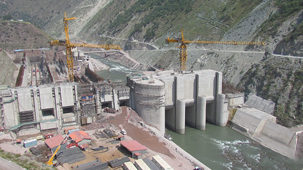
- What Are the Applications of SDA Bolts in Hydropower Stations?
- Time:2025-08-21From:This Site
- Learn how self-drilling anchor bolts enhance slope stability, tunnel support, and dam reinforcement in complex geological conditions at hydropower stations. Optimize hydropower projects with efficient, cost-effective, and eco-friendly solutions.
- View details
-
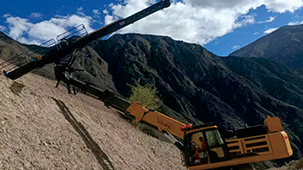
- Slope Stabilization with SDA Bolts: Benefits & Applications
- Time:2025-08-19From:This Site
- Discover how self-drilling anchor bolts (SDA bolts) provide superior slope stabilization for highways, railways, and tunnels. Learn their key benefits, installation process, and real-world applications in loose or collapsible soils.
- View details
-
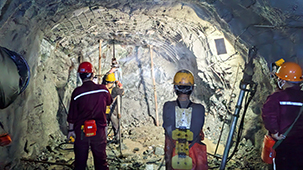
- How Self-Drilling Rock Bolts Enhance Tunnel Support in Fractured Rock?
- Time:2025-08-15From:This Site
- Discover how self-drilling rock bolts enhance tunnel support in fractured rock. Learn their benefits, installation steps, and real-world applications for safe, efficient tunneling.
- View details
-
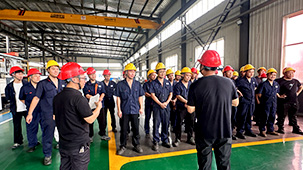
- Sinorock 2025 Quality Month | Strengthening Quality Foundations, Empowering Product Excellence
- Time:2025-08-13From:This Site
- Sinorock’s 2025 Quality Month, themed “Strengthening Quality Foundations, Empowering Product Excellence,” successfully concluded, reinforcing our commitment to superior product quality.
- View details
-
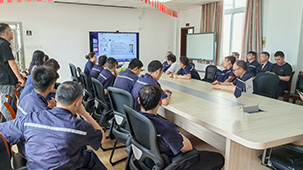
- Sinorock Safety Month 2025 | Everyone Speaks Safety, Everyone Can Respond
- Time:2025-07-03From:This Site
- Sinorock Safety Month 2025, centered on the theme "Everyone Speaks Safety, Everyone Can Respond - Spot Workplace Hazards," has wrapped up successfully!
- View details
-

- Quality Control: the Vital Factor of A SDA Bolt Factory
- Time:2025-01-09From:This Site
- Sinorock’s comprehensive quality control system, from supplier management to outgoing inspections, ensuring the highest standards for self-drilling anchor bolts in construction.
- View details
-
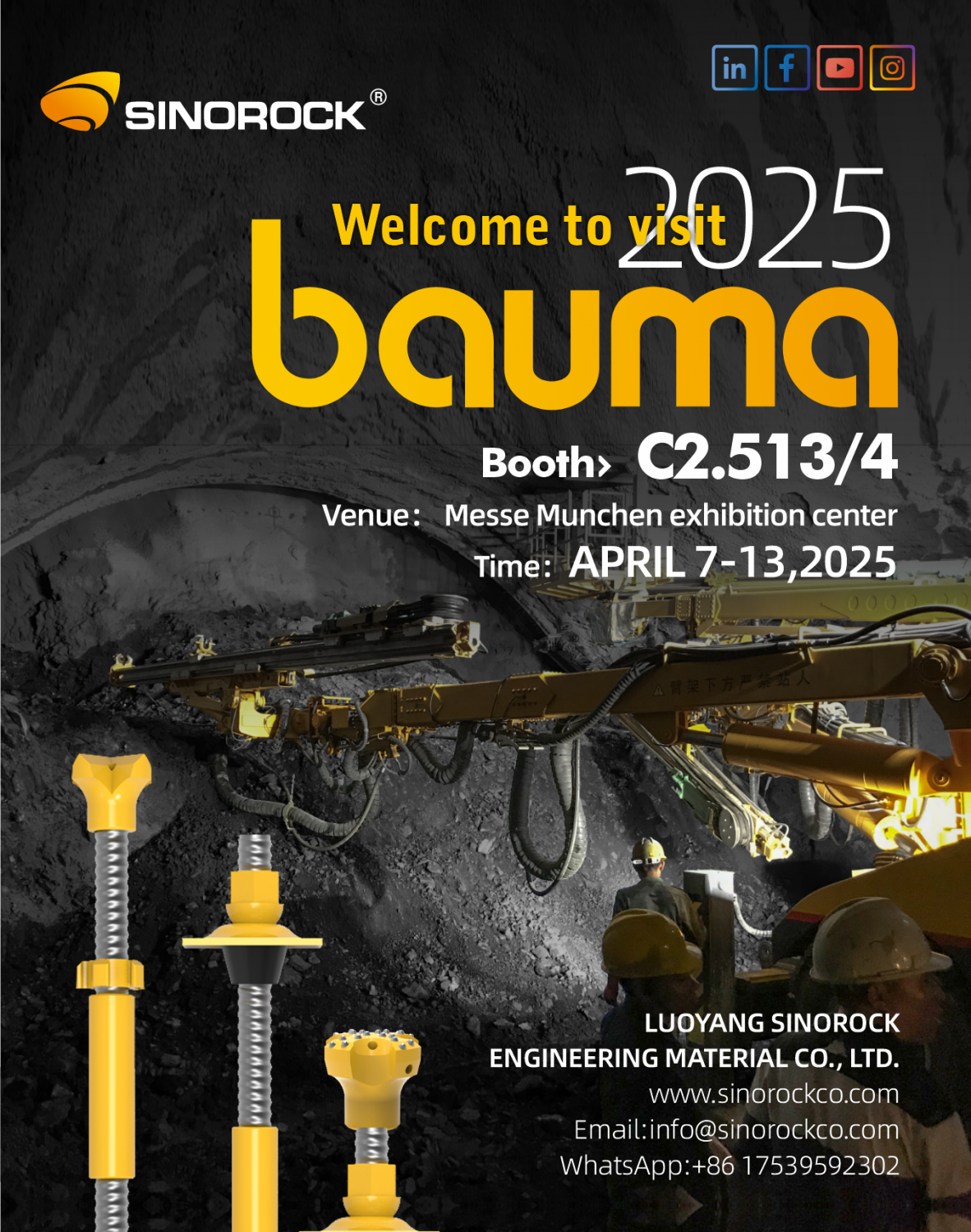
- Sinorock Invites You to Explore Proven Self-Drilling Anchor Bolt Solutions at bauma 2025
- Time:2025-03-07From:This Site
- From April 7–13, 2025, explore Sinorock’s Self-drilling anchor bolt solution at Booth C2.513/4 in Hall C2 of the Messe München Exhibition Center (Munich, Germany).
- View details
-
.jpg)
- SINOROCK to Attend EXPOMINA PERÚ 2024 in Lima, Peru
- Time:2024-08-10From:This Site
- Sinorock to Attend EXPOMINA PERÚ 2024 in Lima, Peru
- View details
-
.jpg)
- SINOROCK to Participate in MINING AND METALS CENTRAL ASIA 2024
- Time:2024-08-08From:This Site
- SINOROCK to Participate in MINING AND METALS CENTRAL ASIA 2024
- View details
 Download
Download 


